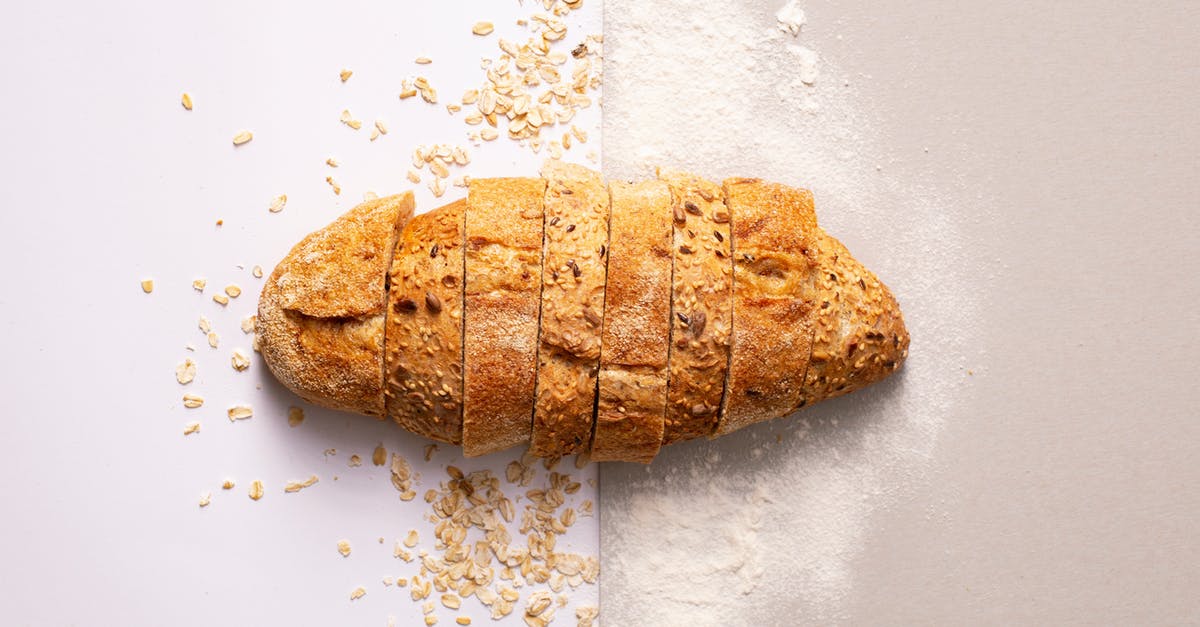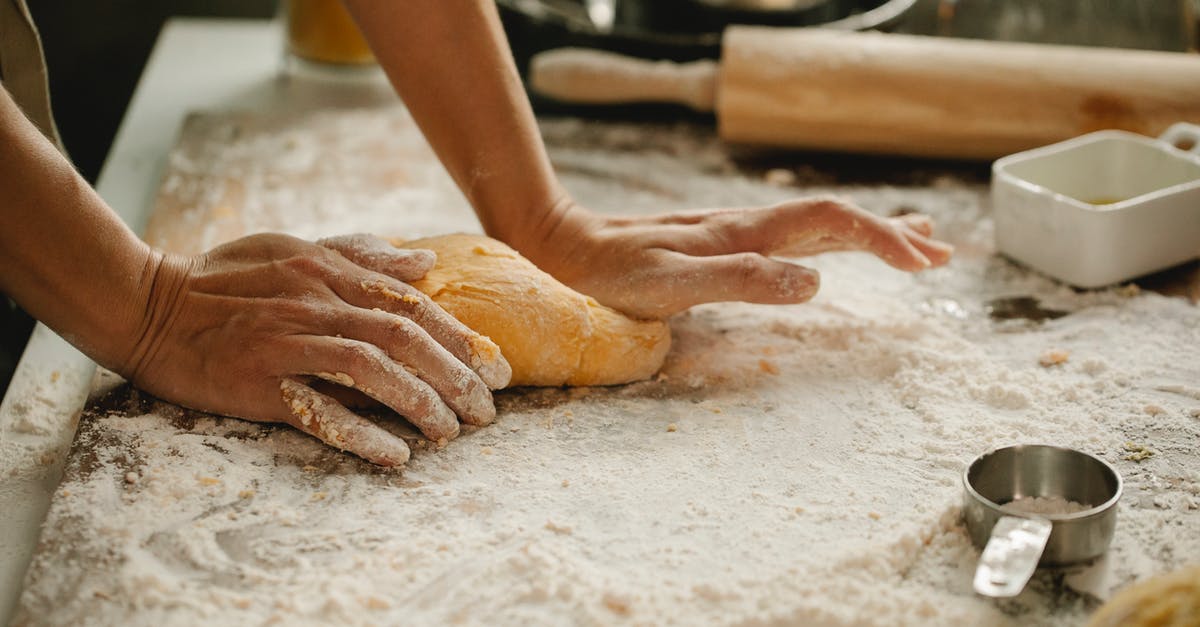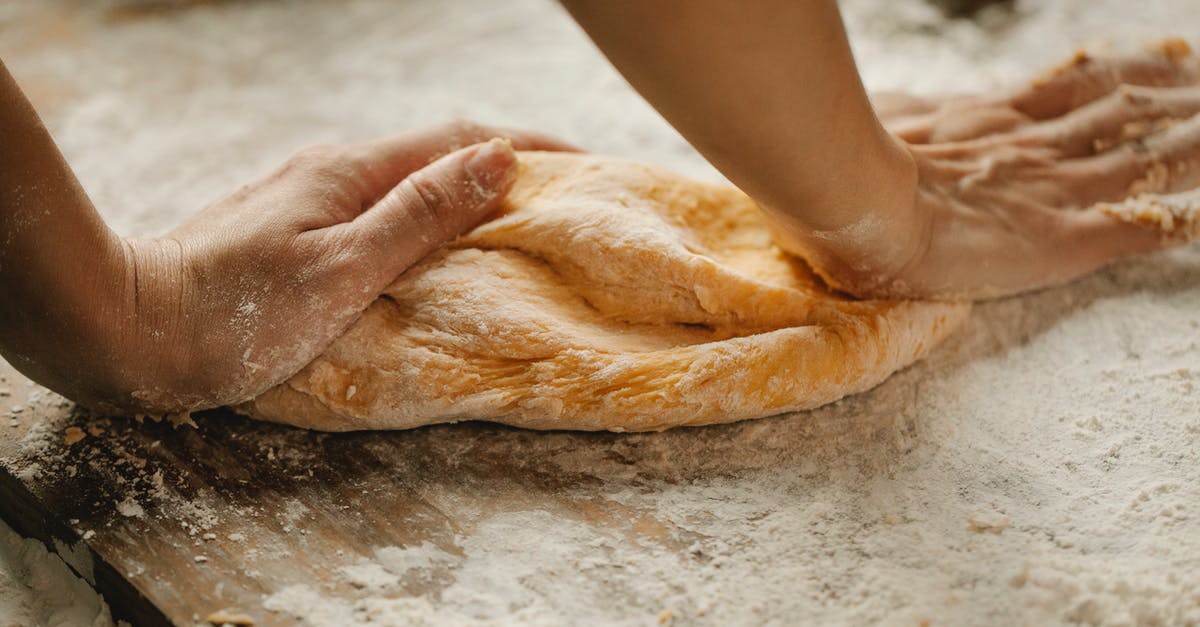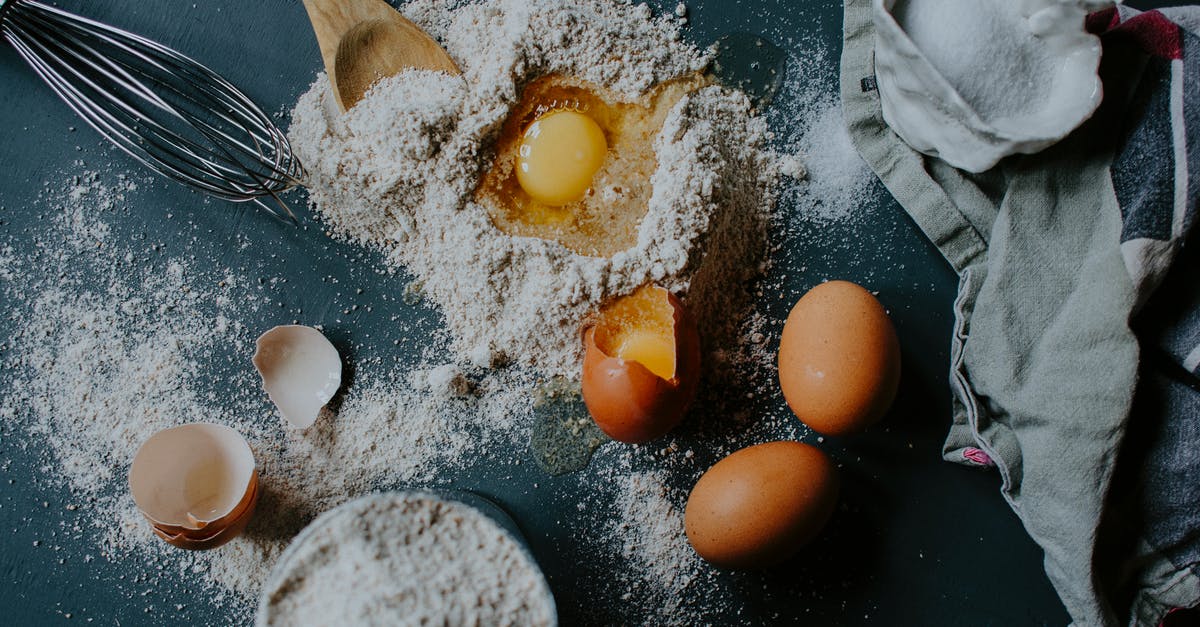What can I change about this bread recipe to lower its glycemic index?

I'm starting with a recipe from Peter Reinhart's Whole Grain Breads that uses an overnight autolyse of a soaker (whole wheat flour, your choice of other grains, salt, and water) and a refrigerated biga (whole wheat flour, a small bit of commercial yeast, and water). The recipe is for a hearth bread. I grind my own hard white wheat on the finest grind my KitchenAid mixer attachment can manage.
I'm looking to increase the fiber and protein content. The options I'm looking at in the "other grain" category include
- psyllium husk: I am having a great deal of difficulty finding any instructions on baking with psyllium husk outside of gluten free baking, which I am obviously not doing. I am most concerned with how the psyllium might impact the water content of the recipe and how much is too much, given how small a standard serving is. I don't even know if using psyllium husk is a good idea given that no one seems to have tried it before.
- chia seeds: like psyllium, there aren't a lot of resources on using chia in wheat breads. I found one website that said it worked in commercial applications as up to 5% of the bread without changing much. In my recipe that works out to about 1 oz. Does that make sense?
- wheat bran: I have so far found one recipe that used a cup of wheat bran to 2 cups of white flour and 1/2 cup of whole grain mix. It seems like I can safely use a good portion of wheat bran, but I'm unsure of exactly how much
- vital wheat gluten: I have always seen a suggestion to use about 1 1/2 tsp. of wheat gluten per 1 c. of wheat flour for increased wheat dough elasticity. How high can I push the wheat content before it gets to be too much? My recipe allows for the "other grains" to be up to 33% of the baker's percentage. Could I use the whole thing on bran or would that taste like sandpaper?
- flax seed meal: I've seen people online adding 1/4 to 1/3 c. of flax to bread recipes. Does that sound about right?
Am I missing any high fiber or high protein seeds or grains that I should consider (like a bean, perhaps?).
Best Answer
My mother is the founder of the Glycemic Index Foundation of South Africa (http://www.gifoundation.com/), so let's see how well I've been listening to her!
Stephie is right, legume flours do lower the GI. Beans contain slow release carbohydrates which lowers the GI. Chickpea flour is the best to use here. I find you cannot sub more than 1/4 of the total flour in the recipe as it does have a slight odor - much more when the dough is raw, after cooking it's hardly noticeable.
As for fibre: Because Psylium Husk is SUPER HIGH in fibre - it's like 80 - 90% fibre - a little does go a long way. Use the powder though, as the rough husks can damage the gluten strands (same for wheat bran here... I wouldn't use more than 1/2 cup of wheat bran per loaf) during proofing. I use about 40ml of psylium husk powder per loaf of bread.
BEST way to lower the GI is also to use a longer fermentation process because it allows the living yeast organisms to break down the gluten into a more digestible form. I got this straight from my mother. Artisan Breads with a long, overnight, fermentation process is LOw GI even when white bread flour is used. Longer fermentation also adds incredible flavour, so why not! Double perks!
But well done for making your own flour. Unbleached, stone ground flour is ideal.
Pictures about "What can I change about this bread recipe to lower its glycemic index?"



How do you lower the glycemic load of bread?
Improving the glycemic index of breadHow do you lower the GI of wheat flour?
Hence it is mandatory to control your portion size. Always remember have your cereals which is rich source of carbohydrates along with protein and fats as they tend to reduce the overall GI of the recipe. Prefer combining your cereal with any other pulse, thus making a complete protein.How do I lower my glycemic index?
Limit concentrated sweets\u2014including high-calorie foods with a low glycemic index, such as ice cream\u2014to occasional treats. Reduce fruit juice to no more than one-half cup a day. Completely eliminate sugar-sweetened drinks. Eat a healthful type of protein, such as beans, fish, or skinless chicken, at most meals.What makes sourdough bread low glycemic?
Sourdough bread has a Glycemic Index of 54 which is much lower than regular white bread, at around 72-90. The reason sourdough bread is low GI is its long fermentation process which lowers its starch content. Sourdough can be considered in a low GI diet and is great at controlling blood sugar levels.The HUGE Problem with the Glycemic Index (GI)
More answers regarding what can I change about this bread recipe to lower its glycemic index?
Answer 2
Make sourdough. Ferment longer.
Background
For those unfamiliar with the glycemic index: Foods with a higher value are more likely to cause spikes in blood sugar. On a scale from 0-100, foods like potatoes with a value of 70 or greater have a high glycemic index, while foods like peas and garlic, with a value of 55 or less, have a low glycemic index. There’s also a “very low” glycemic index categories for foods with a rating of less that 20, which includes lots of green vegetables, mushrooms, meat, and sesame and flax seeds. I’m sure everyone reacts a little differently to these foods, but the ratings serve as a tool to help people guess what they should try to eat more of or less of.
Sourdough
According to Wardee Harmon, non sourdough white bread has a glycemic index of 71, in the “high” category, while sourdough bread has a glycemic index of 53, which puts it in the “low” category. That’s because the bacteria and yeast consume the starches and sugars in the flour, so there’s less starch for us to process. The longer the fermentation, the lower the glycemic index. And when I make sourdough bread, I also use quite a bit of whole wheat flour, nuts, and seeds, which fall in the “low” category, even without being processed with sourdough starter.
Answer 3
I do similar recipes. Some other additives I use to increase fiber/lower GI:
Oat bran; buckwheat; Indian rice grass flour (native American, high fiber, high protein); kaniwa; quinoa flour; teff; spelt; rye; amaranth flour; 9-grain cereal to increase fiber (such as Bob's Red Mill).
I frequently use some rye flour, which also adds much flavor to the loaf.
I agree that sourdough breads with their longer-rising times and higher acid content have lower GI.
Sources: Stack Exchange - This article follows the attribution requirements of Stack Exchange and is licensed under CC BY-SA 3.0.
Images: Mariana Kurnyk, Klaus Nielsen, Klaus Nielsen, Flora Westbrook
